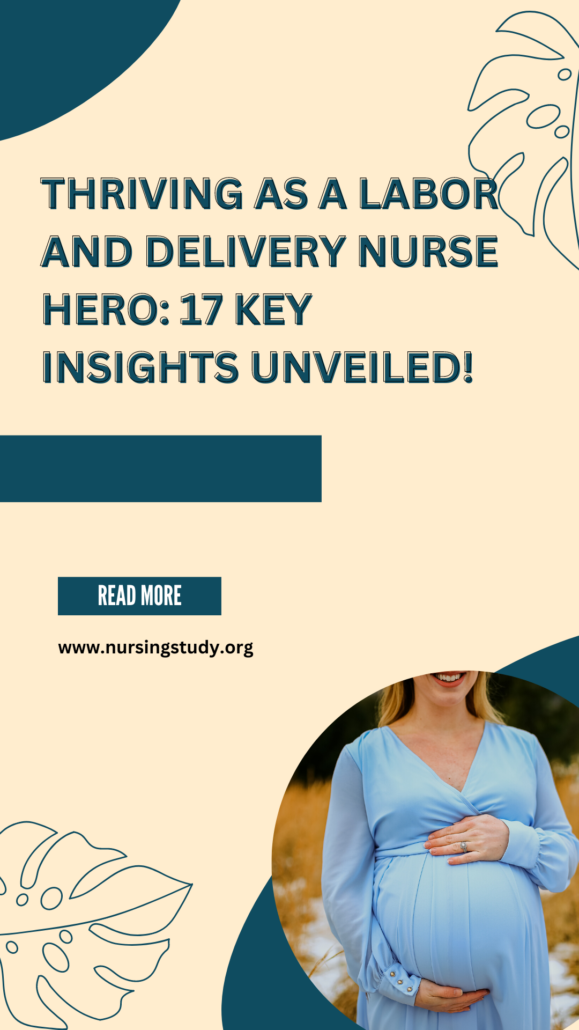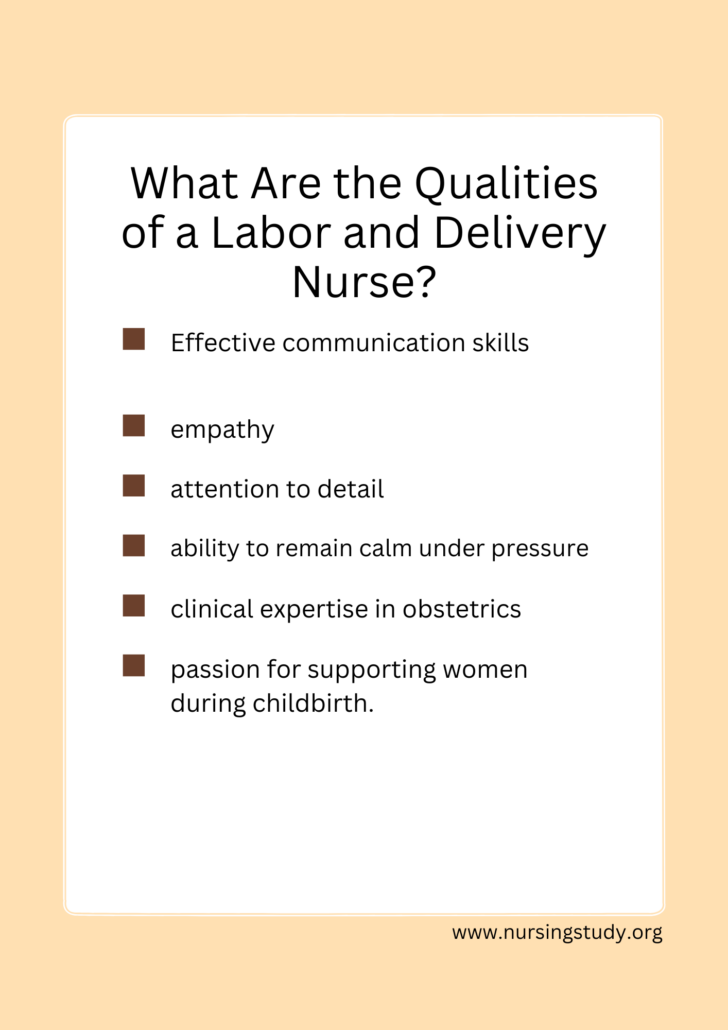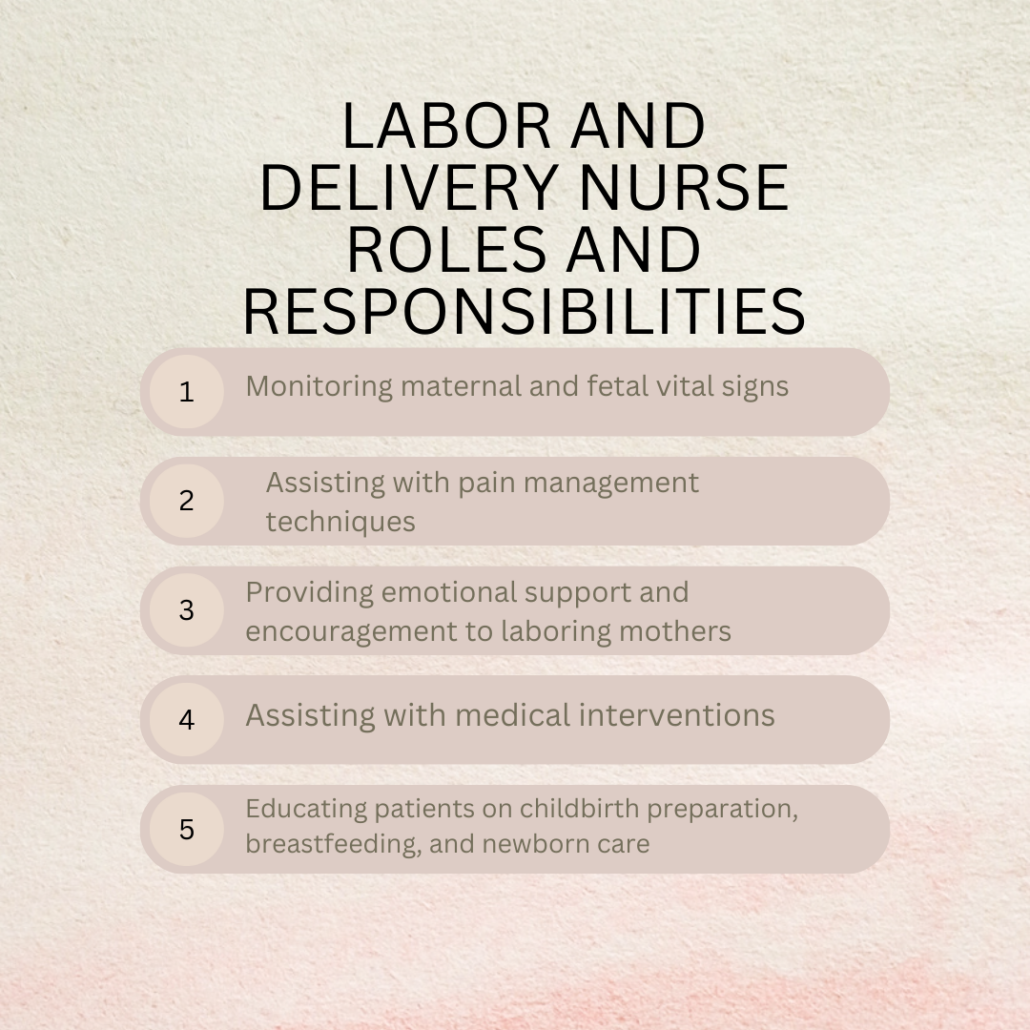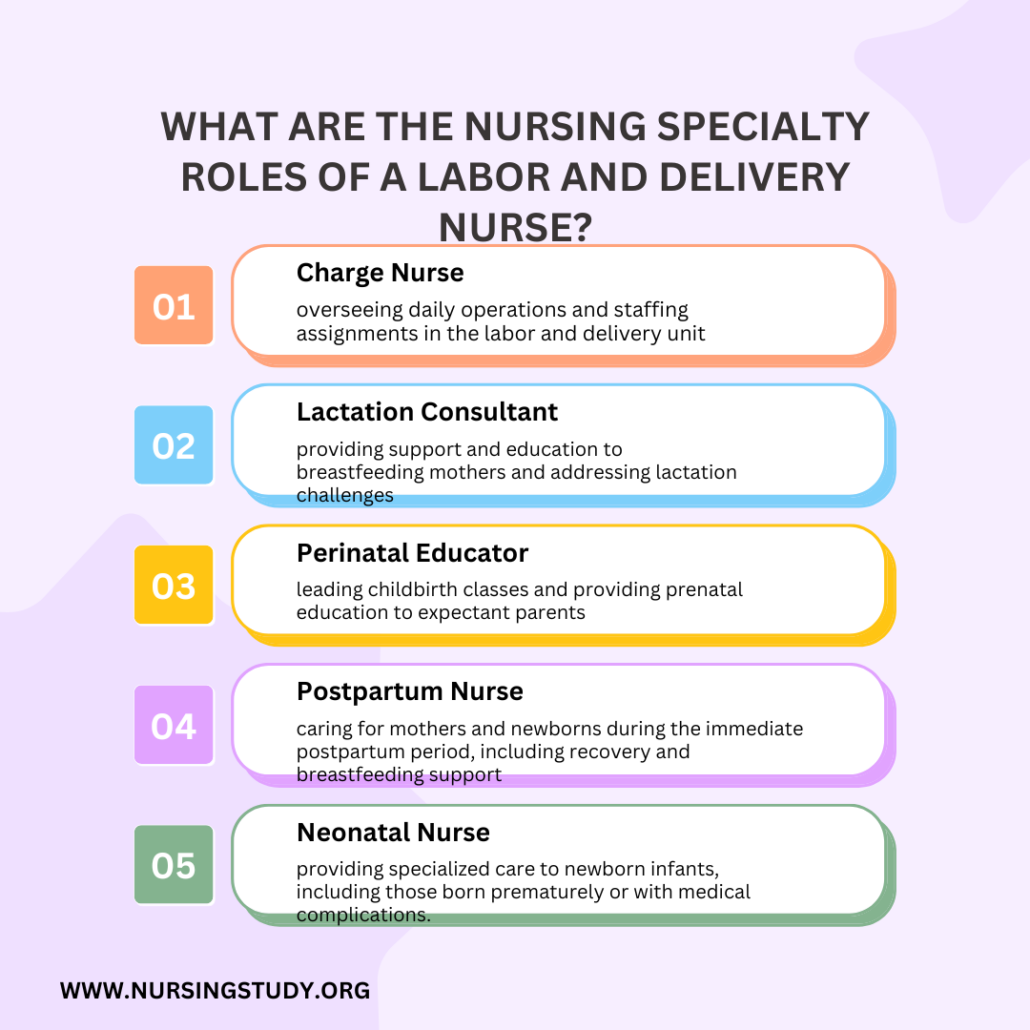
Discover the fulfilling world of a Labor and Delivery Nurse through this comprehensive guide. Explore the roles, responsibilities, educational pathways, career prospects, and more in this empowering article.
Who is a Labor and Delivery Nurse?
A Labor and Delivery Nurse is a skilled healthcare professional dedicated to providing care and support to women during childbirth.
These nurses possess specialized knowledge in obstetrics, offering guidance and assistance to mothers throughout the labor process and during delivery.
How Long Does it Take to Become a Labor and Delivery Nurse?
Becoming a Labor and Delivery Nurse typically requires completing a Bachelor of Science in Nursing (BSN) degree program, which typically takes about four years.
Additionally, gaining experience in general nursing practice is crucial before specializing in labor and delivery, which may take another one to two years.
What Does a Labor and Delivery Nurse Do?
Labor and Delivery Nurses play a pivotal role in the childbirth process, offering physical, emotional, and educational support to expectant mothers.
From monitoring vital signs and administering medications to providing comfort measures and assisting with labor techniques, these nurses ensure a safe and positive birthing experience for both mother and baby.
How to Become a Labor and Delivery Nurse:
To become a Labor and Delivery Nurse, aspiring individuals must first obtain a nursing degree from an accredited institution. This is followed by gaining experience in various nursing settings, preferably in obstetrics or maternity care.
Pursuing additional certifications in childbirth education or lactation consulting can also enhance one’s qualifications in this field.
Educational Requirements for a Labor and Delivery Nurse:
A minimum of a Bachelor of Science in Nursing (BSN) degree is typically required to become a Labor and Delivery Nurse.
Some employers may prefer candidates with a Master of Science in Nursing (MSN) degree, especially for advanced practice roles in labor and delivery.
Labor and Delivery Nursing Certification and Exam Requirements:
Certification in labor and delivery nursing can be obtained through organizations such as the National Certification Corporation (NCC) or the American Nurses Credentialing Center (ANCC).
Eligibility criteria usually include a combination of education, clinical experience, and passing a certification exam.
Where Does a Labor and Delivery Nurse Work?
Labor and Delivery Nurses are primarily employed in hospitals, birthing centers, and maternity clinics. They may also work in home healthcare settings, providing postpartum care to new mothers and newborns.
What is the Labor and Delivery Nursing Career Outlook and Career Growth?
The demand for Labor and Delivery Nurses is expected to remain strong due to population growth and advancements in healthcare.
Career opportunities may include roles as staff nurses, nurse educators, nurse managers, or advanced practice nurses specializing in obstetrics.

What Are the Qualities of a Labor and Delivery Nurse?
Effective communication skills, empathy, attention to detail, and the ability to remain calm under pressure are essential qualities for Labor and Delivery Nurses.
They must also possess clinical expertise in obstetrics and a passion for supporting women during childbirth.
Are There Any Online Programs to Becoming a Labor and Delivery Nurse?
Yes, there are online programs available for aspiring Labor and Delivery Nurses, offering flexibility for individuals balancing work or other commitments.
However, hands-on clinical experience is typically required and may need to be completed in-person.
What is the Salary of a Labor and Delivery Nurse?
The salary of a Labor and Delivery Nurse can vary depending on factors such as location, experience, and level of education.
According to the Bureau of Labor Statistics, the median annual wage for registered nurses, including those specializing in labor and delivery, was $75,330 in May 2020.
How Do Labor and Delivery Nurse Transition to Other Nursing Positions?
Labor and Delivery Nurses may transition to other nursing positions by pursuing additional education or training in a desired specialty area.
This may involve obtaining advanced degrees, such as a Master of Science in Nursing (MSN) or Doctor of Nursing Practice (DNP), and obtaining relevant certifications.
5 Advantages to Becoming a Labor and Delivery Nurse and 5 Disadvantages to Becoming a Labor and Delivery Nurse:
Advantages:
- Witnessing the miracle of childbirth
- Building strong relationships with patients and their families
- Opportunities for professional growth and advancement
- Making a meaningful difference in the lives of others
- Competitive salary and benefits packages
Disadvantages:
- Exposure to high-stress situations
- Irregular work hours, including nights, weekends, and holidays
- Physical demands of the job, including standing for long periods and lifting patients
- Emotional toll of supporting patients through difficult births or complications
- Risk of burnout due to heavy workload and emotional intensity
Labor and Delivery Nurse Roles and Responsibilities:

Roles and responsibilities of Labor and Delivery Nurses include:
- Monitoring maternal and fetal vital signs
- Assisting with pain management techniques, such as epidurals or relaxation methods
- Providing emotional support and encouragement to laboring mothers
- Assisting with medical interventions, such as inductions or cesarean deliveries
- Educating patients on childbirth preparation, breastfeeding, and newborn care
What’s the Demand for a Labor and Delivery Nurse?
The demand for Labor and Delivery Nurses is expected to grow in response to population trends and advancements in healthcare.
As the baby boomer generation ages and more women seek obstetric care, there will be an increased need for skilled nurses to support childbirth and maternity services.
How Does Labor and Delivery Nursing Compare to Other Advanced Nursing Roles?
While Labor and Delivery Nursing shares some similarities with other advanced nursing roles, such as Nurse Practitioners or Nurse Midwives, it has a unique focus on childbirth and maternal care.
Labor and Delivery Nurses work closely with obstetricians, midwives, and other healthcare professionals to ensure safe and positive birth outcomes for mothers and babies.
What Are the Nursing Specialty Roles of a Labor and Delivery Nurse?

Specialty roles within Labor and Delivery Nursing may include:
- Charge Nurse: overseeing daily operations and staffing assignments in the labor and delivery unit
- Lactation Consultant: providing support and education to breastfeeding mothers and addressing lactation challenges
- Perinatal Educator: leading childbirth classes and providing prenatal education to expectant parents
- Postpartum Nurse: caring for mothers and newborns during the immediate postpartum period, including recovery and breastfeeding support
- Neonatal Nurse: providing specialized care to newborn infants, including those born prematurely or with medical complications.
Conclusion:
Labor and Delivery Nursing is a rewarding and fulfilling career path that offers the opportunity to make a positive impact on the lives of mothers and babies. With the right combination of education, experience, and passion for maternal care, aspiring nurses can embark on a journey filled with compassion, empathy, and the joy of welcoming new life into the world.
Frequently Asked Questions
- What is the hardest part of labor and delivery? The hardest part of labor and delivery can vary for each individual, as experiences and perceptions differ. However, many women find the intensity and duration of contractions during the active phase of labor to be particularly challenging. This stage typically involves strong and frequent contractions as the cervix dilates to allow for the baby’s passage through the birth canal. Additionally, coping with pain, exhaustion, and the uncertainty of how labor will progress can also contribute to the difficulty of the experience.
- What are the duties of a labor and delivery nurse? Labor and Delivery Nurses play a crucial role in providing comprehensive care and support to women during childbirth. Their duties may include:
- Monitoring maternal and fetal vital signs
- Assisting with pain management techniques, such as breathing exercises or administering medication
- Providing emotional support and encouragement to laboring mothers and their partners
- Assisting with medical interventions, such as inducing labor or performing cesarean deliveries
- Educating patients on childbirth preparation, breastfeeding, and newborn care
- Advocating for the needs and preferences of the mother and baby throughout the birthing process.
- What to do when labor pain starts? When labor pain begins, it’s essential for expectant mothers to remain calm and focused while preparing for the upcoming birth. Here are some steps to take:
- Time the contractions to determine their frequency and duration.
- Practice relaxation techniques, such as deep breathing or visualization, to help manage pain and discomfort.
- Stay hydrated and nourished by drinking water and eating light snacks, as permitted by healthcare providers.
- Contact your healthcare provider or labor and delivery unit to inform them of your progress and receive guidance on when to come to the hospital or birthing center.
- Pack a hospital bag with essential items, including toiletries, comfortable clothing, and any necessary paperwork.
- What is the labor and delivery process nursing? The labor and delivery process nursing involves providing comprehensive care and support to women throughout childbirth, from the onset of labor to the postpartum period. Labor and Delivery Nurses play a critical role in ensuring the safety and well-being of both mother and baby during this transformative experience. Their responsibilities may include:
- Monitoring the progress of labor, including cervical dilation, fetal heart rate, and contractions.
- Assisting with pain management techniques and providing comfort measures to laboring mothers.
- Collaborating with obstetricians, midwives, and other healthcare providers to develop and implement individualized birth plans.
- Facilitating the birth process, whether through vaginal delivery or cesarean section, while ensuring optimal maternal and fetal outcomes.
- Providing emotional support and encouragement to both the laboring mother and her support network.
- Educating patients on newborn care, breastfeeding, and postpartum recovery.
- Advocating for the preferences and needs of the mother throughout the birthing process, while also ensuring adherence to medical protocols and safety standards.


